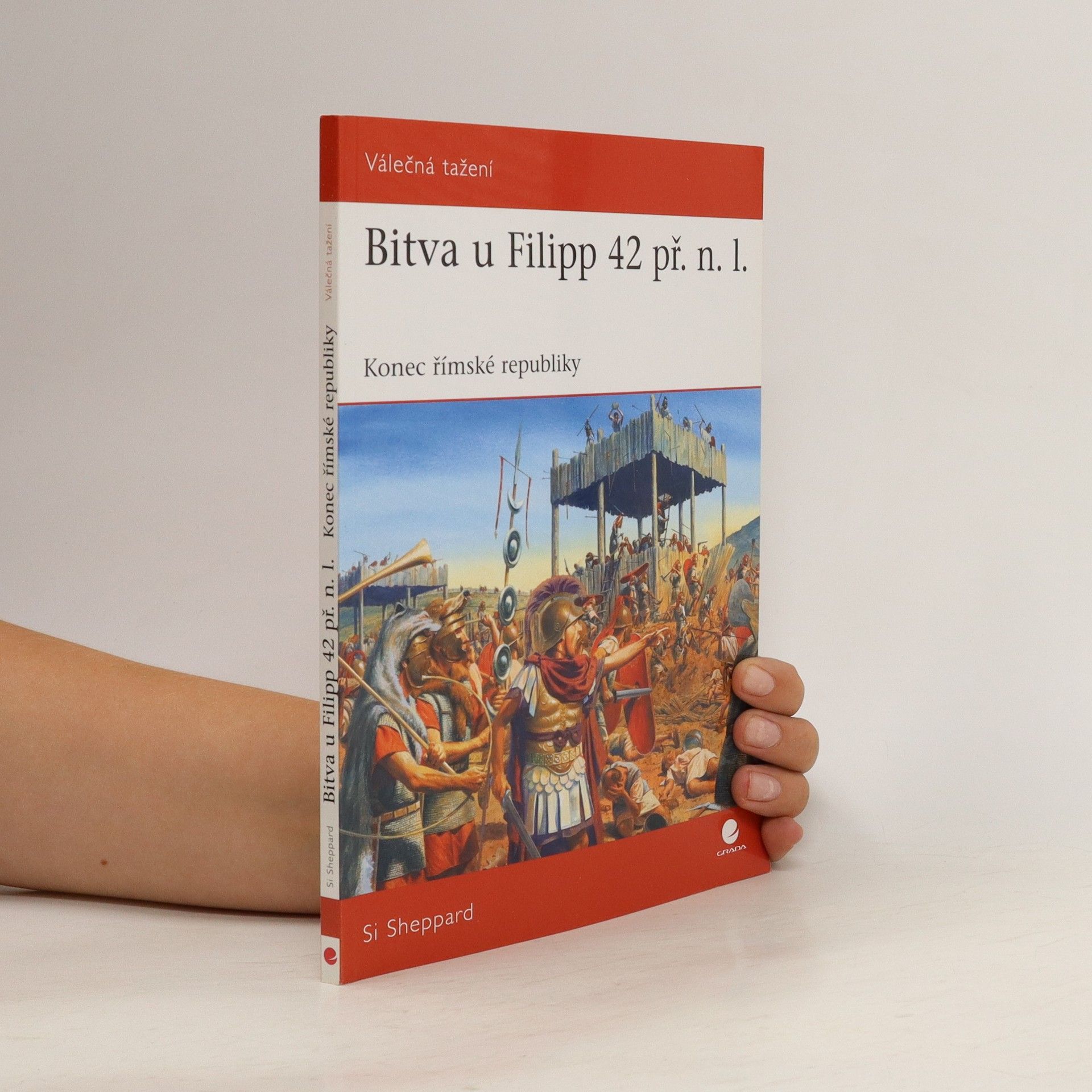We Killed Yamamoto
- 80pages
- 3 heures de lecture
This study explores, in fascinating detail, the story of how the skill of codebreakers and fighter pilots terminated the career of Admiral Yamamoto--and the subsequent controversy over who fired the fatal shots. He masterminded the most devastating surprise attack against the United States in its history. He was a marked man in the war that followed. A key intelligence breakthrough enabled the military to pinpoint his location. An elite team was assembled and charged not with his capture and subsequent trial but with his execution. Osama bin Laden? No--this was Admiral Isoroku Yamamoto, the Commander-in-Chief of the Japanese Combined Fleet during World War II. This new title analyses the origins, implementation, and outcomes of Operation Vengeance, the long-range fighter interception of Admiral Yamamoto's transport aircraft that sent him to his death on April 18, 1943. Author Si Sheppard examines every angle of the operation in detail, including the role of intelligence work in pinpointing the time and location of Yamamoto's flight, the chain of command at the highest level of the US political and military establishment who ordered the attack, and the technical limitations that had to be overcome in planning and conducting the raid. It also provides a close study of the aerial combat involved in completing the mission, offering a holistic exploration of the operation which avenged Pearl Harbor.




